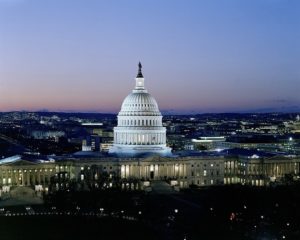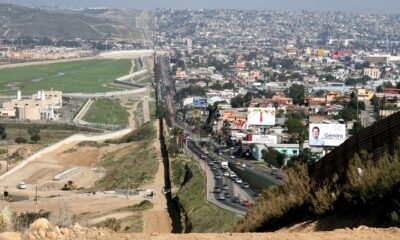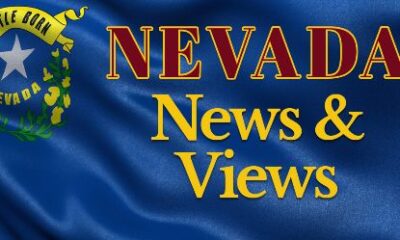Education and Other Budget Facts in the 2019 Legislature

This year’s budget consists of five bills, all of which increase state spending greatly.
- First, the Authorization bill to spend $18.7-billion in federal pass-through dollars, plus gifts, grants, transportation monies and inter-departmental transfers.
- The General Fund (GF) Appropriations of $8.85-billion, plus $64-million of GF monies in the Authorization bill for gaming regulation.
- The K-12 Education Act of $8-billion includes GF funds, plus revenues from marijuana taxes, the permanent school fund, room taxes, and federal mineral leasing. Its Distributive School Account (DSA) of $6.7-billion includes basic student funding, class-size reduction and special education monies.
- The DSA also sets teacher salaries, which rise in coming years. Other K-12 programs include Jobs for America, Victory Schools, Zoom Schools, Career and Technical Education and the New Nevada Plan. The plan will not take full effect for two years, but is then expected to greatly benefit Clark and Washoe counties and short the other 15 counties. Overall, state K-12 funding gets a huge increase!
- The Capital Improvement Projects (CIP) bill includes $300-million for maintenance, planning and construction, plus $191-million in general obligation bonds. The largest share, $154-million, goes to higher education. Major problems with low cost estimation and massive escalation over time yielding huge cost overruns, especially in higher education, have greatly disturbed legislators.
- The Pay Bill sets maximum salaries for 26,000 state workers, including a three percent increase in the coming year, costing taxpayers $76.4-million.
Total budgeted state spending (net of transfers) exceeds $28-billion. This figure and the category totals are not comparable to past spending figures because state budget and historic financial data are not consistent and Fiscal Year 2019 (FY19) financial figures are not yet available.
Other highlights:
- Medicaid spending, at $6.7-billion of federal funds and $1.8-billion in GF, or $8.5-billion in total, is the biggest single state budget item; it gets a major increase. Health and social services (HSS) is the only spending category that has grown faster than K-12, driven mainly by federal mandates and funding. Federal funding may decline in the future.
- Other appropriations of $5.7-billion fund all three state government branches plus state contributions to higher education. All other state spending (beyond HSS and K-12) in total declined 25 percent in 2006-2018. With six percent negative growth in incomes of NV families and businesses, the taxpayer burden for all other fell 20 percent.
- Total higher education spending is not budgeted because a large portion comes from grants and contracts, which are known only in real time. Also, higher education’s biggest portion is self-supporting operations (room, board, activities, etc.). Higher education’s total in FY18 was $1.92-billion. Over time, much higher education funding has shifted from taxpayers to students’ families. Community colleges have been shorted, but the new budget helps them.
- Total local and state K-12 funding will exceed $10,117/student-year. Data for the latest year available shows Nevada spending 41st among states (not 49thor 50th). K-12 funding has risen second fastest among all state categories, at 24 percent from 2006-2018. With per-person real Nevada incomes declining six percent, the K-12 taxpayer burden has increased 29 percent in real terms.
- State transportation funding grew in real per capita terms in 2006-2018, due to Project Neon. However, transportation spending is episodic and it has usually seen negative real per capita growth since 2006.
- Collective bargaining (CB) on compensation for state workers was approved, but strikes are disallowed. Also, the governor may decide not to fund all compensation adopted under CB in his budget. Nonetheless, CB will blow up state spending in future years. Nevada local government compensation is extremely high due to CB, and state levels are likely to rise greatly.
- Extension of the Modified Business Tax will generate $100-million over two years for schools, if the Supreme Court agrees it’s not a tax increase.
- The legislature passed a bill to allow counties to increase sales tax without a two-thirds vote. This measure seeks to circumvent the state constitution tax limitation (two-thirds vote requirement), and will be tested in court.
In sum, it was very much business as usual in this year’s legislature. Total spending and funds for HSS and K-12 all rose greatly in real terms, as in the past.
Related Items




Facebook
Twitter
Pinterest
RSS